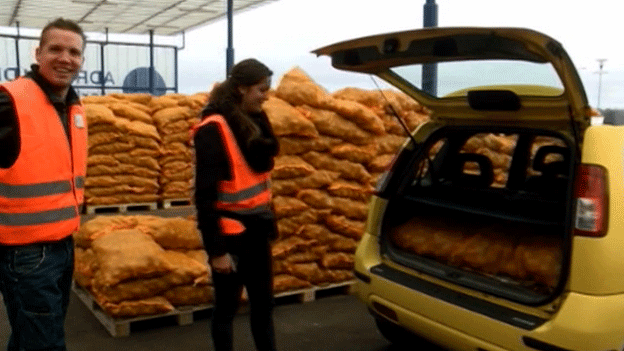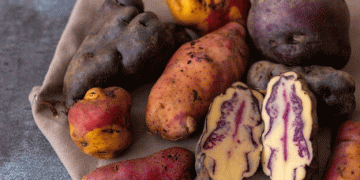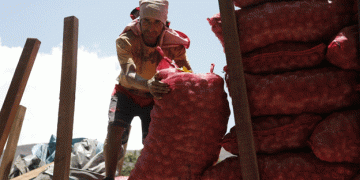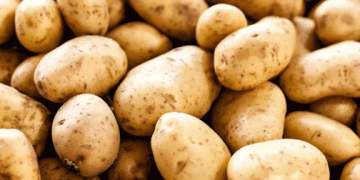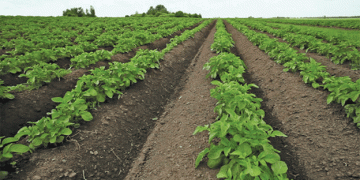From Surplus to Sensation: The Story of Pieper-Mania
The year 2015 may not seem far behind, but for Dutch potato growers and food lovers alike, it marks the unforgettable moment when “Pieper-mania” swept through Kwintsheul, a village in the South Holland province of the Netherlands. At the heart of the frenzy was Jan van der Haas, a farmer from Texel, who found himself facing a massive potato surplus—a common challenge in agricultural production cycles.
Instead of letting the excess crop go to waste or offloading it at low prices to processors, Jan launched a bold direct-to-consumer campaign that would grab public attention: he transported nearly 50,000 kilograms of potatoes in two truckloads to the former Van der Voort complex on the Bovendijk, where he established a drive-in potato sale.
Here’s what made it unique: customers could decide for themselves how much they wanted to pay.
Consumer Response: Cars, Cameras, and Community
The idea struck a chord. According to Joyce van der Haas, who assisted her uncle during the event, there were no traffic jams, but a steady stream of cars—day after day—lined up to participate in the event. Many came for the novelty, some came for the bargain, and others came to support a local farmer in an act of agricultural resilience.
The action reflected not only smart crisis management but also an early example of agritourism meets food activism, where people were directly engaged with the farming process and decisions around food value.
At a time when Dutch households consume approximately 53 kg of potatoes per person per year (CBS, 2015), Pieper-mania plugged directly into national culinary culture, from stamppot to fries to the traditional AVG’tje (potatoes, vegetables, meat).
Social Impact: Potatoes for the People
In a remarkable display of social responsibility, Jan ensured that none of the potatoes went to waste. All remaining stock was donated to local food banks, providing support to families in need while preventing food loss—a topic that has only grown in importance in the years since.
This action aligned with broader European goals to cut food waste. According to the European Commission, food waste in the EU reached nearly 59 million tonnes in 2020, and initiatives like Jan’s offer real-world examples of how surplus can be managed constructively at the farm level.
Lessons for Farmers and the Agricultural Sector
The Pieper-mania case serves as a powerful example of how transparency, creativity, and direct marketing can help farmers handle oversupply. It also shows how public engagement and community goodwill can be mobilized to turn economic setbacks into opportunities.
Key takeaways for today’s agricultural professionals:
- Flexibility in distribution channels can mitigate risks during market fluctuations.
- Direct-to-consumer models continue to gain relevance in both urban and rural markets.
- Social impact strategies can enhance brand image and community support, even during hard times.
- Events like Pieper-mania can educate consumers about the realities of farming, building trust and loyalty.
Ten years on, Pieper-mania remains a beloved memory and a case study in agricultural innovation and community outreach. In an era where food systems face both economic and environmental challenges, such grassroots solutions remind us that creativity, community, and compassion still have a place at the heart of farming.
